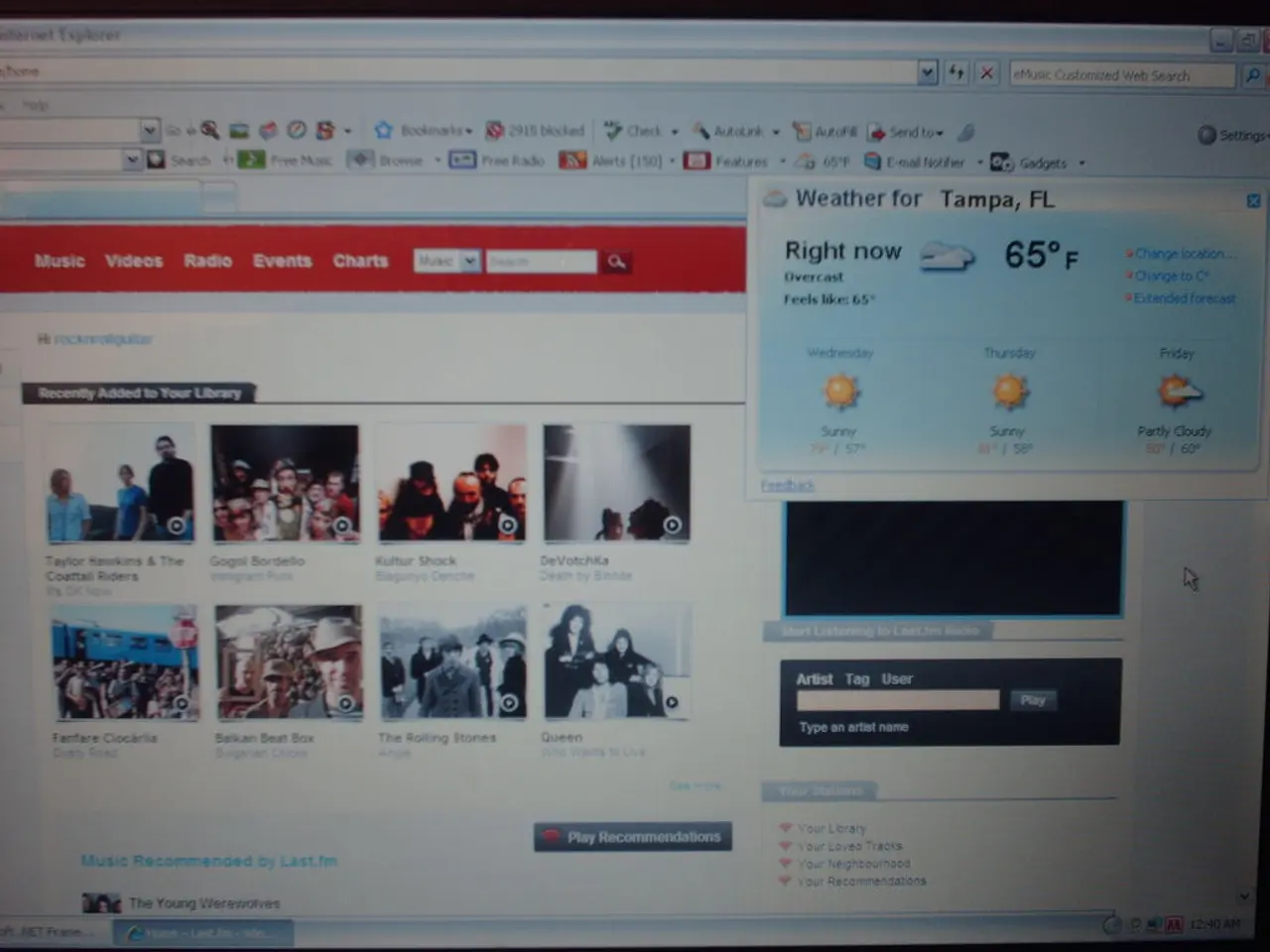Important Factors for Crafting Accessible User Experiences for Individuals with Disabilities
In today's digital age, creating accessible websites is more than just a nice gesture - it's a necessity. By catering to people with disabilities, you not only do the right thing, but you also open up your platform to a wider audience, increasing your customer base proportionately.
Navigation and Layout
Consistency in layout and navigation is crucial for people with physical disabilities. Moving things around can make navigation more difficult, so it's important to keep things organised and easy to find. Always use standard HTML to ensure compatibility with assistive technology.
Graphics and Multimedia
Label graphics with alt text to help software describe their function to the reader. Provide closed captions for audio and video content or a link to a transcript when possible. Using multiple forms (audio, visual, text) to illustrate the same point can help retain information for people with cognitive disabilities.
Text and Language
Simplifying screens and keeping language simple can help those with cognitive disabilities. It's also beneficial for all users, including the hearing impaired. Consider using a Flesch-Kincaid test to check language complexity.
Visual impairment can range from minor vision problems to blindness, requiring flexible solutions for website accessibility. Avoid restricting font sizes or making layouts rigid to allow for easy page scaling by users with partial sight. Some visually impaired individuals may need to adjust text size or change contrast/color balance, while others may use software to read pages or translate sites into braille.
Physical Accessibility
If providing computing facilities, ensure they are easily accessible in a wheelchair and provide enough space for the movement impaired.
Assistive Technology
The World Wide Web Consortium (W3C) through its Web Accessibility Initiative (WAI) and companies like Microsoft, Apple, and Google have developed special software to implement recommended accessibility features for people with disabilities. Voice and other forms of control technology can improve the accessibility of a site or application for people with physical disabilities.
Universal Design
Avoid text only alternative websites and aim for universal design. Providing links as large buttons can be helpful for those with coordination or dexterity problems, but allowing for text resizing becomes less important in such cases. Having an easy, consistent way to return to the homepage can be helpful for those with cognitive disabilities.
In conclusion, by following these guidelines, we can create a more inclusive digital world where everyone, regardless of their abilities, can access and enjoy the wealth of information and services that the internet has to offer.
Read also:
- Understanding Hemorrhagic Gastroenteritis: Key Facts
- Stopping Osteoporosis Treatment: Timeline Considerations
- Tobacco industry's suggested changes on a legislative modification are disregarded by health journalists
- Expanded Community Health Involvement by CK Birla Hospitals, Jaipur, Maintained Through Consistent Outreach Programs Across Rajasthan







